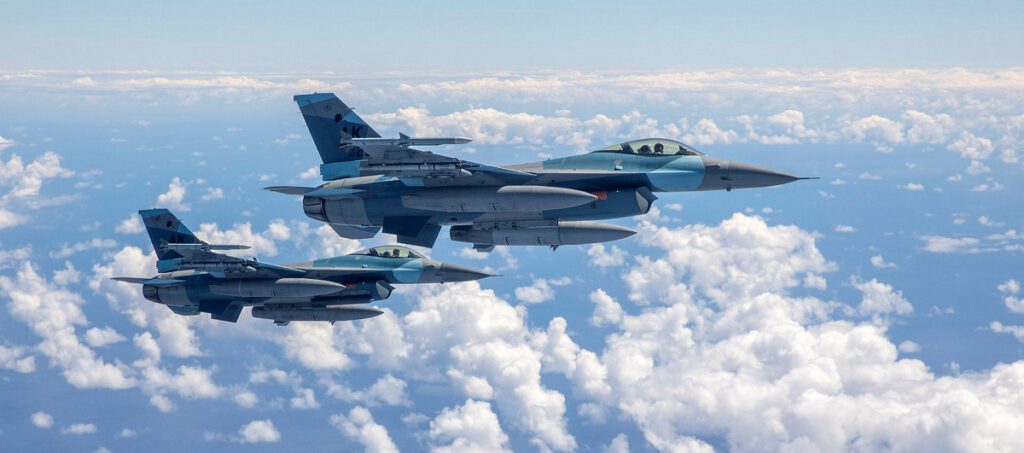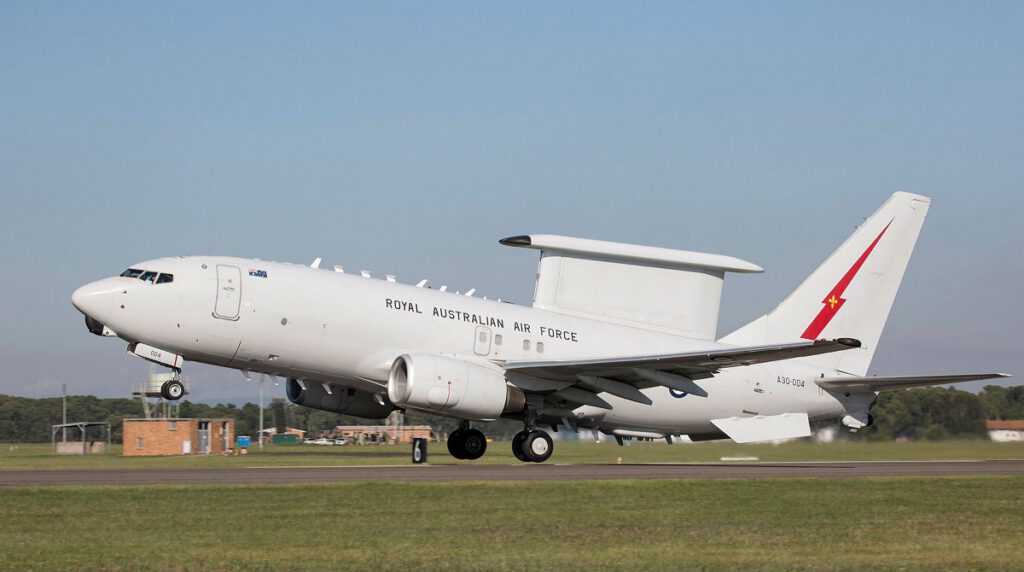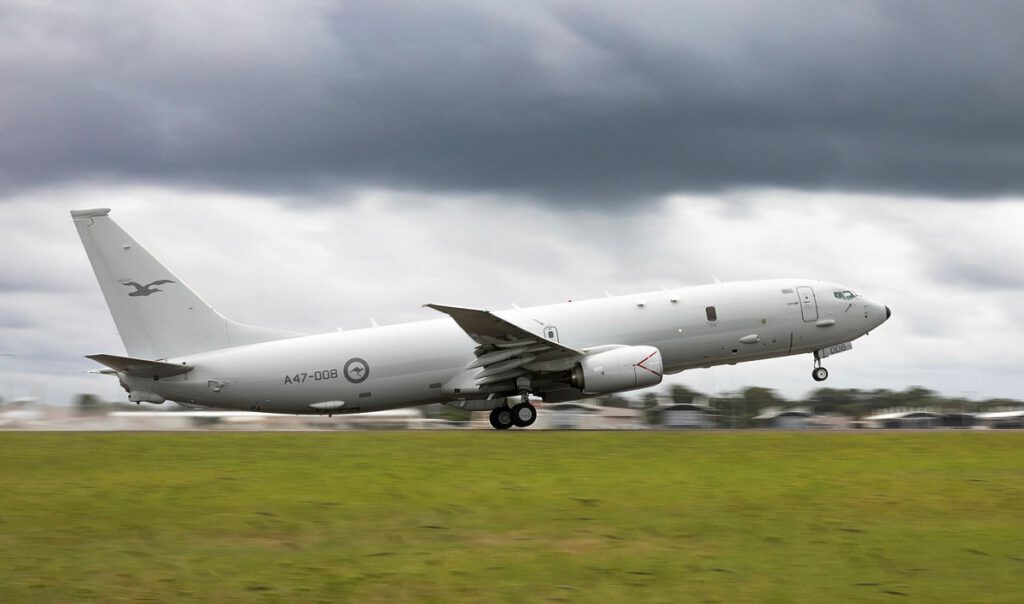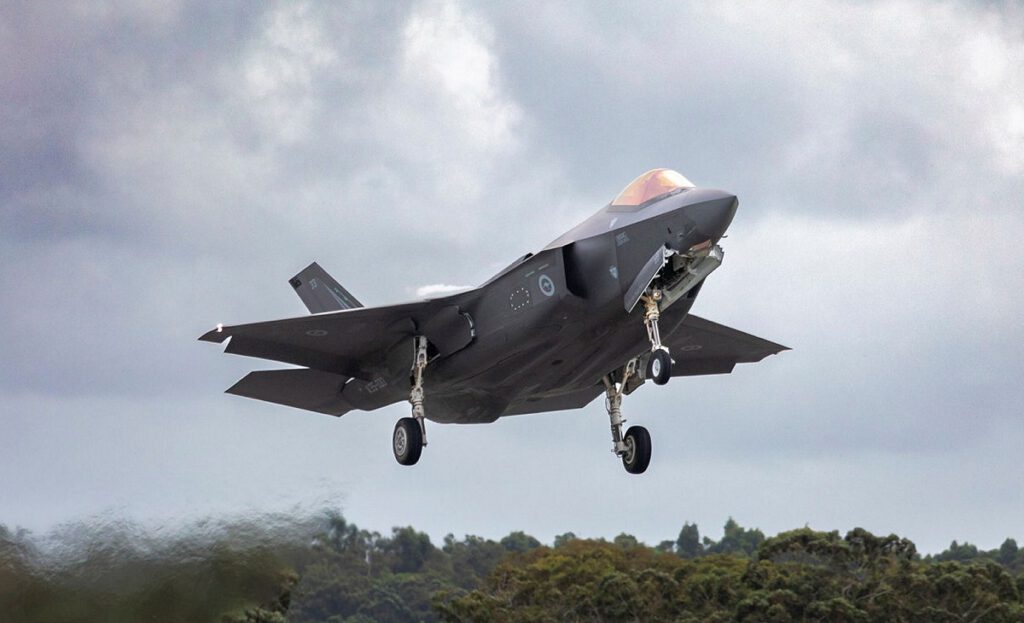
The Royal Australian Air Force’s Exercise Diamond Storm 22 has kicked off in the skies above the Northern Territory.
Taking place from RAAF Bases Darwin and Tindal, and in the skies above Timber Creek, the Douglas Daly region, and the Delamere Air Weapons Range, the exercise is the graduation element for participants taking part in the latest iteration of the RAAF’s air warfare instructor’s course (AWIC).
Diamond Storm is the culmination of nearly two years of learning and months of intensive training including Exercise Diamond Seas in February 2022, and March’s Exercise Diamond Shield which saw a squadron of USAF F-16C Aggressors visit from Eielson AFB in Alaska to conduct adversary air combat (AdAir) training.

The AWIC was previously known as the Fighter Combat Instructor, or FCI Course. The FCI course was founded in 1954 by WGCDR Dick Creswell to develop specialist fighter combat instructors from air combat lessons he had learned as Commanding Officer of 77SQN in the Korean War, and his previous air combat experience in WWII. In 1954 the RAAF was flying Gloster Meteor fighters and, through the following four decades, course candidates operated the CA-27 Sabre, Dassault Mirage IIIO, and the F/A-18A/B classic Hornet.
In 1992 the FCI course was expanded for the first time to include ground-based Fighter Intelligence Instructors (FII) and Fighter Combat Controllers (FCC), while later that decade the first F-111C strike crews were also invited to undertake the course and graduate as FCI ‘patch-wearers’.
Following operational conversion (OPCON) to their aircraft type, candidate pilots and air combat officers (ACO) will have completed at least one three-year squadron tour and a large force employment exercise such as Red Flag, Cope North, or Pitch Black. These major exercises are often where pilots are upgraded to a B Category (B-Cat) rating which qualifies them to lead four-ship formations in combat. Course candidates are also invited to participate based on their above-average competency and leadership qualities.

The FCI course was very fighter-centric, but with the advent of Plan Jericho and the establishment of the Air Warfare Centre in 2016, this facilitated a fundamental re-think as to how to execute advanced integrated training. Lessons from the US Fighter Weapons School model when it broadened its scope to become the USAF Weapons School were also leveraged.
Up until 2017, the FCI Course was conducted wholly within Air Combat Group (ACG) and using ACG resources. Thus, due to the limited resources of the operationally-focused force element group (FEG) – and despite the high-quality output of the course – the course’s scope was limited.
With its own dedicated budget and instructional resources to draw upon, the AWIC was brought under the Tactics and Training Directorate (TTD), an element of the Air Warfare Centre. Thus, the FCI Course became the AWIC in 2017, and became the first course to not be entirely based around fighters. A number of enabling and supporting capabilities were added to become a whole-of-community integrated effort.
With the change from FCI course to AWIC, the 2017 course was vastly expanded to include AEW&C Combat Instructors (ACI) from the E-7A Wedgetail, and Mobility Tactics Instructors (MTI) from the C-130J. Also, in 2017 the FII qualification was “re-branded” as ICI, or Intelligence Combat Instructor. In the 2019 iteration, the Growler Tactics Instructor (GTI) qualification was added.

Prior to 2017, FCI courses usually graduated between six and 10 fast-jet crew members plus a few FIIs and FCCs. But the AWIC course in 2019 graduated a total of 27 AWIs across six specialist domains, comprising eight FCIs (five classic Hornet pilots, two Super Hornet pilots, and one Super Hornet weapons systems operator), four FCCs, three ICIs, five ACIs, three MTIs, and four GTIs.
For the 2022 exercise, more than 1,400 personnel have deployed to Darwin and Tindal, more than 60 aircraft are taking part, and this year sees the first air warfare instructors from the F-35A Lightning II, P-8A Poseidon, and combat controller streams taking part.
“Diamond Seas and Diamond Shield brought together Royal Australian Navy, Australian Army, and Royal Australian Air Force elements in complex maritime and defensive counter air-focused scenarios, providing training opportunities to practise and consolidate integrated tactics,” Commander Air Warfare Centre, Air Commodore Ross Bender Air Commodore Bender said.
“As the culmination activity, Diamond Storm provides our candidates with the opportunity to apply their skills in high-end warfighting scenarios alongside international partners,” he added. “On completion of the course, our air warfare instructors will be knowledgeable and approachable experts who can integrate people, systems and combat effects across the five warfare domains: air, land, maritime, space, and cyber.”

The post Exercise Diamond Storm 2022 kicks off appeared first on ADBR.